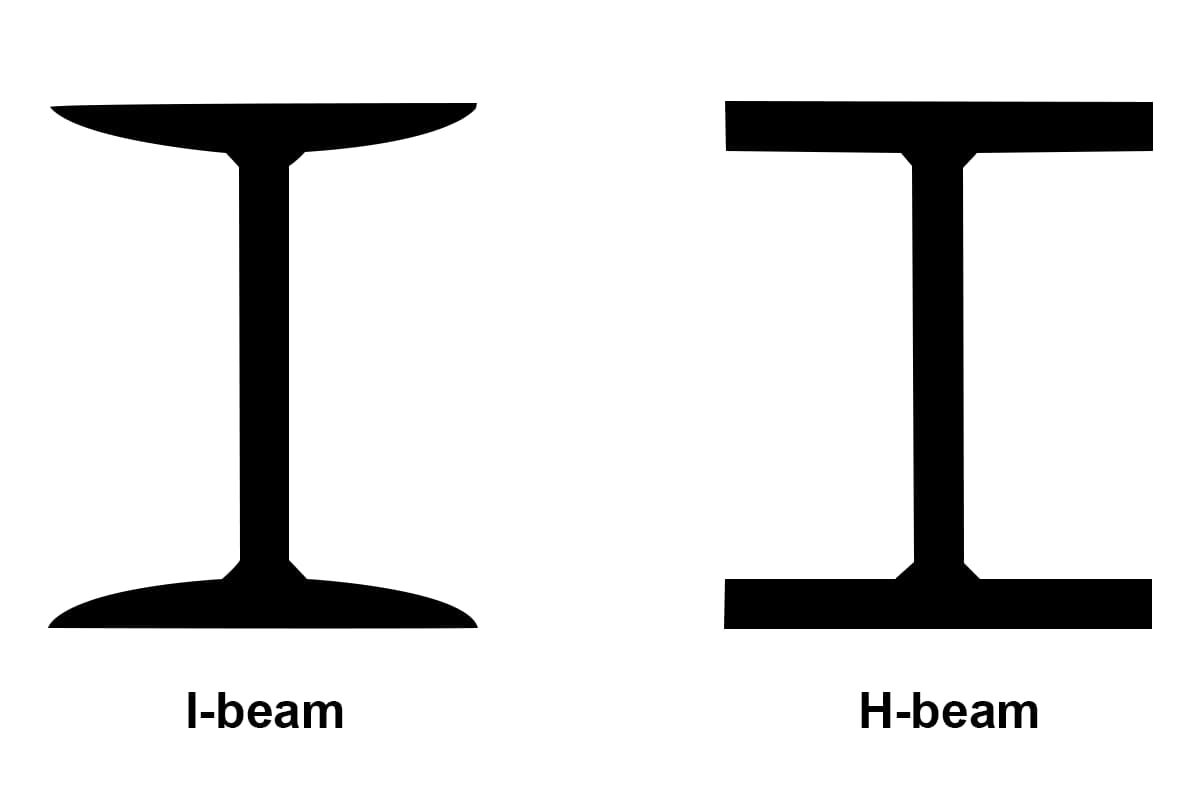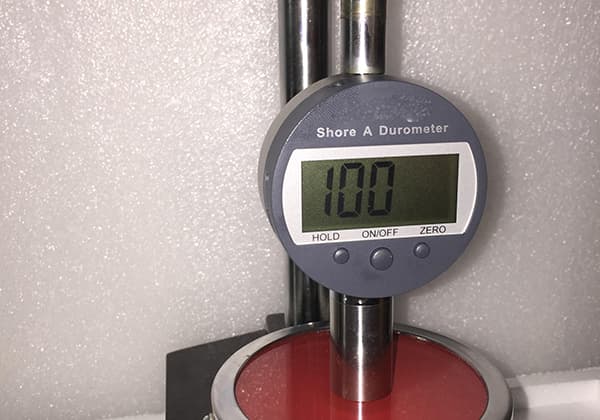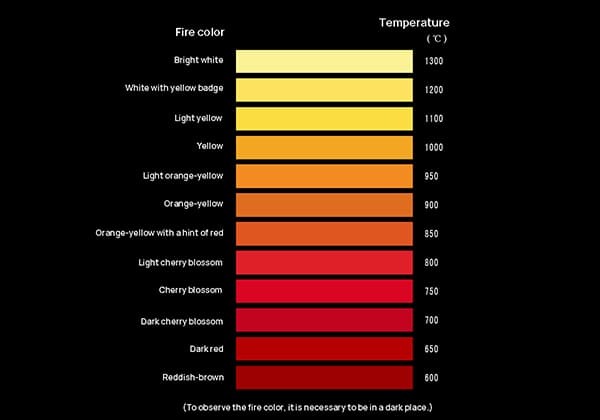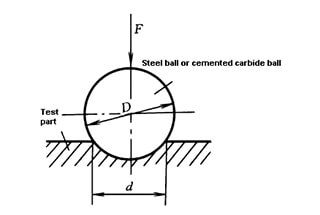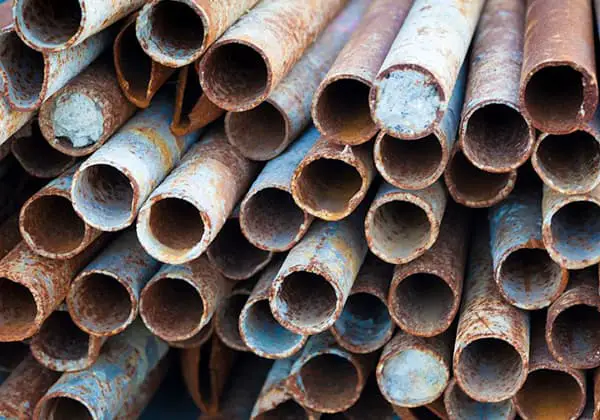
What makes alloy steels so vital in our daily lives and industrial applications? Alloy steels, with added elements like chromium and nickel, offer enhanced strength, toughness, and resistance to wear and corrosion. This article explores different types of alloy steels, their unique properties, and their critical roles in various sectors such as automotive, construction, and manufacturing. By reading further, you’ll discover how these versatile materials contribute to technological advancements and improve product durability and performance. Dive in to understand the fascinating world of alloy steels and their indispensable applications.
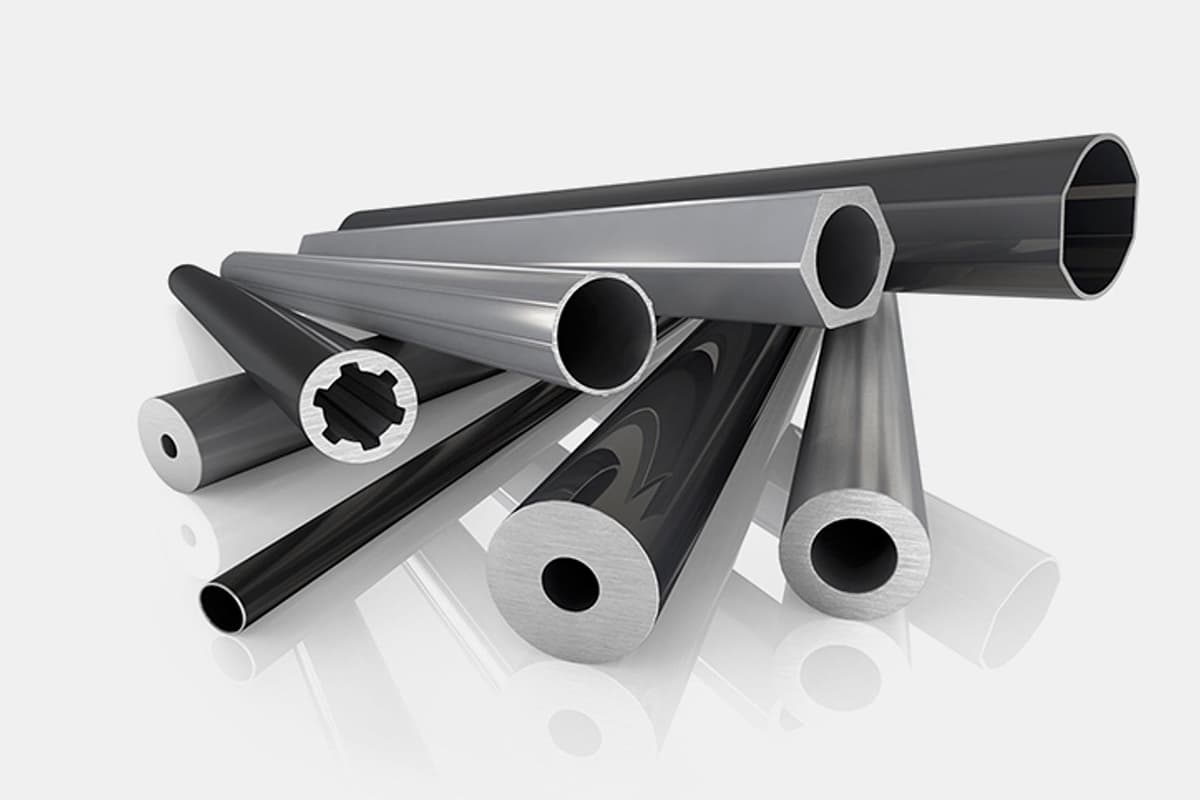
Alloy steels are essentially carbon steels enhanced with additional alloying elements such as Si, Mn, W, V, Ti, Cr, Ni, Mo, etc.
These elements improve various properties of the steel like strength, toughness, hardenability, and weldability. Alloy steels are often categorized based on the content of alloying elements.
Furthermore, alloy steels are employed specifically across different industries, and thus, they are commonly classified according to their application as well.

Classification by Alloy Content
Classification by Usage
1) Low Alloy High Strength Structural Steel
Its grade is arranged in the sequence of Chinese Pinyin letter (Q) representing yield point, yield limit value, and quality grade symbol (A, B, C, D, E).
For example, Q390A signifies low alloy high strength structural steel with yield strength σs = 390N/mm2, quality grade A.
2) Alloy Structural Steel
Its grade is formed by “two digits + element symbol + digit”.
The first two digits represent the ten thousandths of the average carbon content by mass in the steel, the element symbol indicates the alloying elements contained in the steel, and the number after the element symbol represents the hundredths of the average content of that element by mass.
If the average mass fraction of the alloy element is less than 1.5%, only the element is marked without a value. When the average mass fraction is ≥1.5%, ≥2.5%, ≥3.5%, etc., the numbers 2, 3, 4, etc., are marked after the alloy element accordingly.
For example, 40Cr, where the average mass fraction of carbon Wc=0.4%, and the average mass fraction of chromium WCr <1.5%. If it is high-grade quality steel, “A” is added at the end of the grade, such as 38CrMoAlA steel, which is a high-grade quality alloy structural steel.
3) Rolling Bearing Steel
The letter “G” (the first letter of the Chinese Pinyin of the word “rolling”) is added before the grade, and the number after indicates the thousandths of the chromium content by mass, while the carbon content is not indicated.
For example, GCr15 steel is rolling bearing steel with an average mass fraction of chromium WCr = 1.5%.
If other alloying elements are present in chromium bearing steel, they are expressed in the same way as general alloy structural steel. All rolling bearing steels are high-grade quality steels, but the grade does not end with “A”.
4) Alloy Tool Steel
The numbering method of this type of steel is similar to that of alloy structural steel, except that when Wc < 1%, a single digit is used to represent the thousandths of the carbon content by mass. When the carbon mass fraction is ≥1%, it is not indicated.
For example, in Cr12MoV steel, the average mass fraction of carbon is Wc=1.45%~1.70%, so it is not indicated; the average mass fraction of Cr is 12%, and the mass fractions of Mo and V are both less than 1.5%.
However, high-speed tool steels are exceptions, and the average mass fraction of carbon is not indicated regardless of the amount. Since both alloy tool steels and high-speed tool steels are high-grade quality steels, there is no need to mark “A” at the end of their grade.
5) Stainless Steel and Heat-resistant Steel
The number in front of the steel grade indicates the thousandths of the carbon mass fraction.
For example, in 3Cr13 steel, the average mass fraction Wc=0.3%, and the average mass fraction WCr=13%. When the carbon mass fraction Wc≤0.03% and Wc≤0.08%, the prefixes “00” and “0” are used respectively, for example, 00Cr17Ni14Mo2, 0Cr19Ni9 steels, etc.
Q345
Applications: Mainly used for making bridges, ships, vehicles, boilers, pressure vessels, oil and gas pipelines, large steel structures, etc. It is used in the hot-rolled air-cooled state, the structure is fine-grained F+P, and it is not heat-treated anymore.
| Chemical composition wt% | |||||
| C | Mn | Si | V | Nb | Ti |
| 0.18~0.20 | 1.0~1.6 | 0.55 | 0.02~0.15 | 0.015-0.06 | 0.02~0.2 |
The Q345 includes old steel grades 12MnV, 14MnNb, 16Mn, 18Nb, 16MnCu.
| Thickness mm | Mechanical properties | |||
| σs MPa | σb MPa | σ5 % | Akv (20 ℃) J | |
| <16 | ≥ 345 | 470-630 | 21-22 | 34 |
| 16-35 | ≥ 325 | |||
| 35-50 | ≥ 295 | |||
Q420
Used in the normalized state, the structure is F+S. Q345 includes old steel grades 15MnVN, 14MnVTiRE.
| Chemical composition wt% | |||||||
| C | Mn | Si | V | Nb | Ti | Cr | Ni |
| ≤ 0.20 | 1.0~1.7 | 0.55 | 0.02~0.2 | 0.015-0.06 | 0.02~0.2 | ≤ 0.40 | ≤ 0.70 |
| Thickness mm | Mechanical properties | |||
| σs MPa | σb MPa | σ5 % | Akv (20 ℃) J | |
| <16 | ≥ 420 | 520-680 | 18-19 GB/T159 | 3491-1994 |
| 16-35 | ≥ 400 | |||
| 35-50 | ≥ 380 | |||
40Cr
Applications: Used to manufacture various important parts on automobiles, tractors, machine tools, and other machines, such as gears of machine tools, main shafts, automobile engine crankshafts, connecting rods, bolts, intake valves.
| Main chemical composition wt% | C | 0.37-0.44 |
| Mn | 0.5-0.8 | |
| Si | 0.17-0.37 | |
| Cr | 0.81-1.1 | |
| Mo | 0.07-0.12 | |
| Heat treated blank size<25mm | Quenching ℃ | 850 oil |
| Tempering ℃ | 520 water oil | |
| Mechanical properties (≥) | σb MPa | 980 |
| σs MPa | 785 | |
| Heat-treated blank size<25mm | 9 | |
| ψ % | 45 | |
| Akv J | 47 | |
| Annealed HB | 207 | |
65Mn 60Mn2Si
Examples of applications of 65Mn 60Mn2Si steel: springs with a section ≤25mm, such as vehicle buffer coil springs.
| Steel grade | 65Mn | 60Si2Mn | |
| Main components w% | C | 0.62-0.70 | 0.56-0.64 |
| Mn | 0.90-1.20 | 0.60-0.90 | |
| Si | 0.17-0.37 | 1.50-2.00 | |
| Cr | ≤ 0.25 | ≤ 0.35 | |
| Heat treatment | Quenching ℃ | 830 oil | 870 oil |
| Tempering | 540 | 480 | |
| Mechanical properties | σs MPa | 800 | 1200 |
| σb MPa | 1000 | 1300 | |
| δ10 % | 8 | 5 | |
| ψ % | 30 | 25 | |
20Cr
Applications: Can manufacture gears in automobiles, tractors, camshafts on internal combustion engines, piston pins, and other machine parts. It can withstand strong frictional wear, larger alternating loads, especially impact loads.
| Main chemical composition wt% | C | 0.17-0.24 |
| Mn | 0.5-0.8 | |
| Si | 0.20-0.40 | |
| Cr | 0.7-1.0 | |
| Heat treatment ℃ | Carbon | 930 |
| Preparation processing | 880 water&oil | |
| Quenching | 780-820 water&oil | |
| Tempering | 200 | |
| Mechanical properties (≥) | σb MPa | 835 |
| σs MPa | 540 | |
| δ5 % | 10 | |
| ψ % | 4o | |
| Akv J | 47 | |
| Blank size mm | <15 | |
20CrMnTi
| Main chemical composition wt% | C | 0.17-0.24 |
| Mn | 0.8-1.10 | |
| Si | 0.17-0.37 | |
| Cr | 1.0-1.3 | |
| Heat treatment ℃ | Carbon | 930 |
| Preparation processing | 880 water&oil | |
| Quenching | 770 water&oil | |
| Tempering | 200 | |
| Mechanical properties (≥) | σb MPa | 1080 |
| σs MPa | 850 | |
| δ5 % | 10 | |
| ψ % | 45 | |
| Akv J | 55 | |
| Blank size mm | <15 | |
GCr15:
Used to manufacture the rolling elements (balls, rollers, needles) of rolling bearings, inner and outer rings, etc. It can also be used to make precision gauges, cold punch dies, machine tool lead screws, and other wear-resistant parts.
| Main chemical composition wt% | C | 0.95-1.05 |
| Cr | 1.40~1.65 | |
| Si | 0.15~0.35 | |
| Mn | 0.25~0.45 | |
| Heat treatment specification performance | Quenching ℃ | 820~ 840 |
| Tempering ℃ | 150~160 | |
| HRC after tempering | 62~66 | |
| Main purpose | Ferrules with a wall thickness of<14mm and an outer diameter of 250mm. A steel ball with a diameter of 25-200mm. A roller with a diameter of approximately 25mm. | |
9SiCr, CrWMn
| Steel grade | 9SiCr | CrWMn | ||
| Chemical composition wt% | C | 0.85-0.95 | 0.9-1.05 | |
| Mn | 0.3-0.6 | 0.8-1.1 | ||
| Si | 1.2-1.6 | 0.15-0.35 | ||
| Cr | 0.95-1.25 | 0.9-1.2 W1.2-1.5 | ||
| Heat treatment | Oil quenching | Quenching temperature ℃ | ≥62 | |
| Hardness HRC | 180-200 | 140-160 | ||
| Tempering | Tempering temperature ℃ | 60-62 | 62-65 | |
| Hardness HRC | Die, tap, drill bit, reamer, gear milling cutter, cold stamping die, cold rolling roller | Dies, broaches, gauges, complex and high-precision stamping dies, etc | ||
W18Cr4V
| C | Mn | Si | Cr | W | V | Manufacturing high-speed cutting tools, planers, drills, milling cutters, etc |
| 0.7~0.8 | 0.1~0.4 | 0.2~0.4 | 3.8~4.4 | 17.5-19.0 | 1.0~1.4 |
Cr12:
Used to make various cold punch molds, cold heading molds, cold extrusion molds, and wire drawing molds, etc. For large cold molds made of Cr12 steel, there is minimal heat treatment deformation, making it suitable for manufacturing heavy-duty and complex molds.
| Chemical composition wt% | ||||
| C | Si | Mn | Cr | V |
| 2.00-2.30 | ≤ 0.40 | ≤ 0.40 | 11.50-13.50 | 0.15~0.30 |
| Annealing | Oil quenching | Tempering | ||
| Temperature ℃ | Hardness HB | Temperature ℃ | Temperature ℃ | Hardness HRC |
| 870-900 | 207-255 | 950-1000 | 200-450 | 58-64 |
Usage Example: Cold Stamping Die, Drawing Die, Stamping Die, Rolling Die
4Cr5MoSiV:
Its structure consists of tempered martensite, granular carbides, and a small amount of residual austenite. To ensure hot hardness, it is necessary to perform multiple tempering.
| Chemical composition wt% | |||||
| C | Si | Mn | Cr | Mo | V |
| 0.32-0.42 | 0.80-1.20 | 0.40 | 4.50-5.50 | 1.00-1.50 | 0.30-0.50 |
| Annealing | Oil quenching | Tempering | ||
| Temperature ℃ | Hardness HB | Temperature ℃ | Temperature ℃ | Hardness HRC |
| 840-900 | 209-229 | 1000-1025 | 540-650 | 40-54 |
Examples of uses: hot heading die, die-casting die, hot extrusion die, precision forging die
| Measuring tool | Steel grade |
| Flat template or card board | 10. 20 or 50, 55, 60, 60Mn, 65Mn |
| General gauges and block gauges | T10A, T12A, 9SiCr |
| High precision gauges and block gauges | Cr (cutting tool steel), CrMn, GCr15 |
| High precision and complex shaped gauges and block gauges | CrWMn (low deformation steel) |
| Corrosion resistant measuring tool | 4Cr13,9Cr18 (stainless steel) |
Stainless steel refers to steel types with high corrosion resistance in the atmosphere and general media.
| Steel Grade | Chemical composition wt% | σb | σ0.2 | δ5 | ψ | Ak | Hardness | |
| C | Cr | MPa | MPa | % | % | J | ||
| 1Cr13 M Type | ≤0.15 | 11.5-13.5 | ≥540 | ≥345 | ≥25 | ≥55 | ≥78 | ≥159 HB |
| Heat treatment: 9501000 ℃ oil or water quenching, 700750 ℃ rapid cooling and tempering; Purpose: To produce parts that are resistant to weakly corrosive media and can withstand impact loads, such as steam turbine blades, water pressure machine valves, structural frames, bolts, nuts, etc | ||||||||
| 9Cr18 M Type | 0.9-1.0 | 17-19 | ≥55 HRC | |||||
| Heat treatment: 1000-1050 ℃ oil quenching, 200-300 ℃ oil, air cooling and tempering; Usage: stainless slicing mechanical cutting tool, cutting tool, surgical blade, high abrasion resistant and corrosion resistant part | ||||||||
| 1Cr17 F Type | ≤0.12 | 16-18 | ≥450 | ≥205 | ≥22 | ≥50 | ≥183 HB | |
| Heat treatment 780 ° C~850 ° C air cooling. Purpose: To produce nitric acid factory equipment, such as absorption towers, heat exchangers, acid tanks, conveying pipelines, and food factory equipment | ||||||||
Martensitic Stainless Steel:
1Cr13, 2Cr13, 3Cr13, 4Cr13, etc. They all have sufficient corrosion resistance in oxidative media. Low carbon 1Cr13 and 2Cr13 steel have better corrosion resistance and good mechanical properties. As the carbon content increases, 3Cr13 and 4Cr13 steel have increased strength and wear resistance, but reduced corrosion resistance.
Ferritic Stainless Steel:
1Cr17, 1Cr17Ti, etc. This type of steel has a chromium mass fraction of 17%~30% and a carbon mass fraction lower than 0.15%. It has a single-phase ferrite structure and better corrosion resistance than Cr13 steel.
Austenitic Stainless Steel:
Cr18Ni9 type (also known as 18-8 type stainless steel) is one of the most commonly used stainless steels. This type of austenitic stainless steel has a low carbon content (around 0.1%) and excellent corrosion resistance. The steel often includes additions of Ti (Titanium) or Nb (Niobium) to prevent intergranular corrosion.
This class of steel has lower strength and hardness, and it’s non-magnetic. However, it offers superior plasticity, toughness, and corrosion resistance compared to Cr13 type stainless steel. A solution treatment can further improve the corrosion resistance of this austenitic stainless steel.

